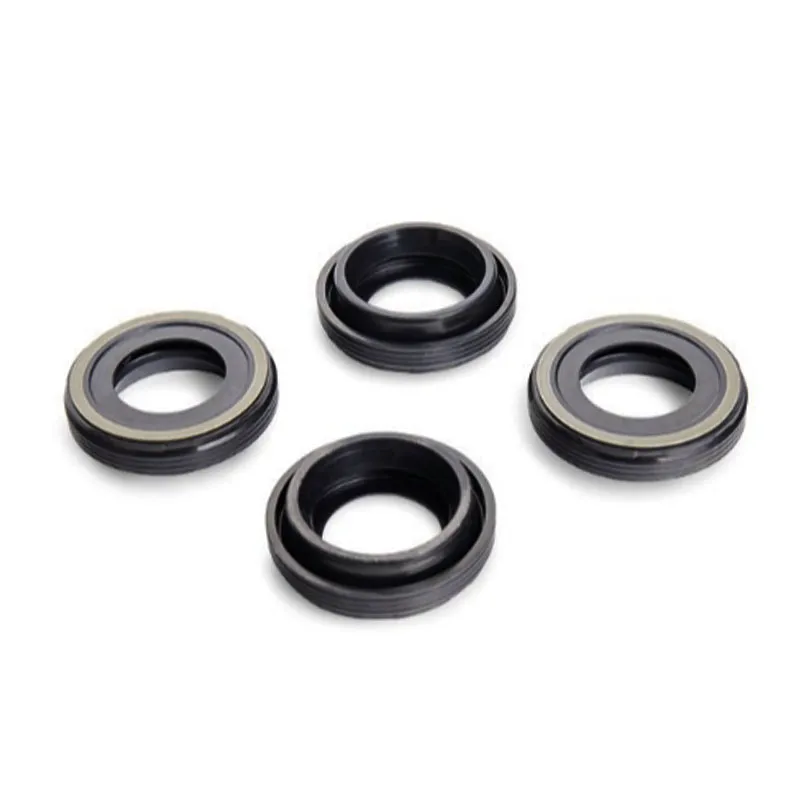automatic transmission seal
Understanding Automatic Transmission Seals Importance and Maintenance
Automatic transmission systems play a crucial role in modern vehicles by ensuring smooth shifting and optimal engine performance. One of the often-overlooked components of these systems is the transmission seal. Understanding the function of these seals, their importance, and how to maintain them can help prevent costly repairs and enhance the lifespan of your vehicle.
What Are Automatic Transmission Seals?
Automatic transmission seals are designed to prevent the leakage of transmission fluid from the hydraulic system. They are typically made from durable materials such as rubber or silicone, engineered to withstand the high pressures and temperatures associated with transmission operations. There are various types of seals within the transmission assembly, including input shaft seals, output shaft seals, and pan gaskets. Each serves a specific purpose, all contributing to the overall efficiency and integrity of the transmission system.
Importance of Transmission Seals
The primary purpose of transmission seals is to contain transmission fluid. This fluid plays a vital role in lubricating the moving parts within the transmission, providing necessary cooling, and ensuring hydraulic pressure for smooth gear shifts. If a seal fails or becomes damaged, transmission fluid can leak out, leading to several potential issues
1. Fluid Loss Insufficient fluid levels can impair transmission performance, leading to rough shifting or even complete transmission failure. 2. Overheating Lack of lubrication can cause excessive heat buildup within the transmission, which can compromise the integrity of the transmission components.
3. Increased Wear Without proper sealing, dirt and contaminants can enter the system, causing premature wear and potential damage to clutches and gears.
4. Costly Repairs Transmission repairs can be expensive. Addressing seal failures early can save vehicle owners significant amounts of money.
Signs of Seal Failure
Identifying potential seal failures early is essential for maintaining your vehicle's health. Common signs include
automatic transmission seal

- Fluid Leaks Puddles or spots of red or brown transmission fluid under the vehicle are the most noticeable indicators of seal issues. - Slipping Gears If the transmission seems to slip or has difficulty engaging, it may be a sign of low fluid levels due to leaks.
- Unusual Noises Grinding, whining, or clunking sounds while shifting gears can indicate a problem with the transmission seals
.- Warning Lights Many vehicles are equipped with sensors that can trigger warning lights on the dashboard if the transmission fluid pressure drops dangerously low.
Maintaining Transmission Seals
To ensure the longevity of your transmission seals, regular maintenance is essential. Here are a few tips
1. Check Fluid Levels Regularly Ensure that the transmission fluid levels are within the manufacturer’s recommended range.
2. Change Fluid Periodically Follow your vehicle’s service schedule for fluid changes to keep the system clean and free of contaminants.
3. Inspect for Leaks Regularly check under your vehicle for signs of transmission fluid leakage and address any issues promptly.
4. Professional Inspections Having your transmission system inspected by a qualified technician can help identify seal wear or damage before it leads to significant problems.
In conclusion, automatic transmission seals may be small components, but their role is vital in maintaining the health of your vehicle's transmission system. Regular maintenance and early detection of issues can prolong the life of your transmission and save you from expensive repairs.
-
Understanding the Front Main Engine Seal: Purpose, Maintenance, and Installation
News Jul.29,2025
-
Understanding O-Rings and Seal Rings: Types, Applications, and Custom Solutions
News Jul.29,2025
-
Understanding Crankshaft Oil Seals: Rear Seals, Pulley Seals, and Their Role in Engine Integrity
News Jul.29,2025
-
The Importance of Front and Rear Crankshaft Seals in Engine Performance and Oil Management
News Jul.29,2025
-
Crank Oil Seals: Functions, Types, and Cost Considerations in Engine Maintenance
News Jul.29,2025
-
A Comprehensive Guide to O-Rings and Seals: Types, Materials, and Global Applications
News Jul.29,2025
-
Mastering Diesel and Performance Engine Maintenance: A Guide to Critical Oil Gaskets
News Jul.28,2025
Products categories















